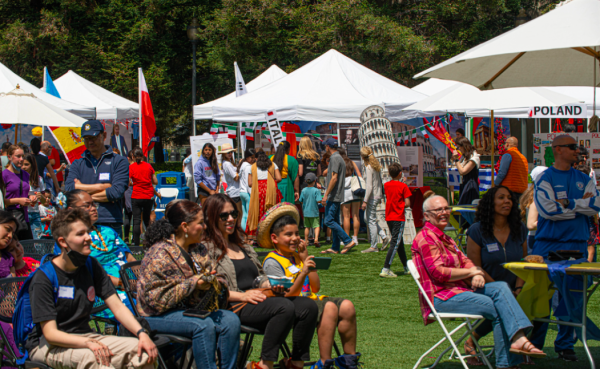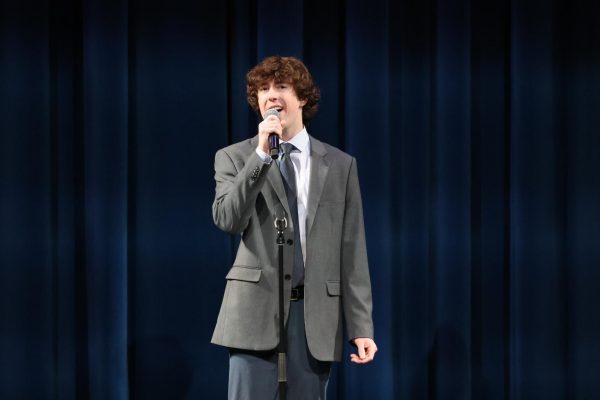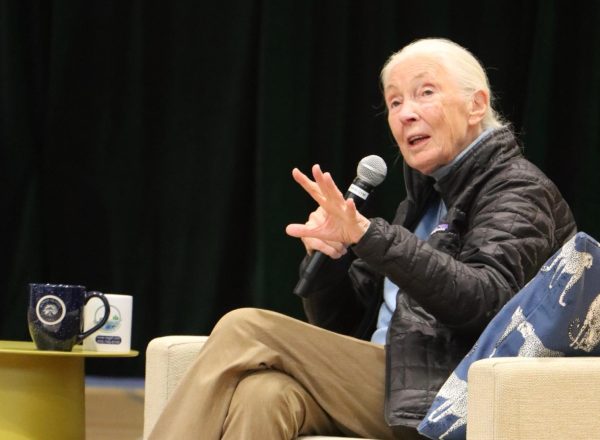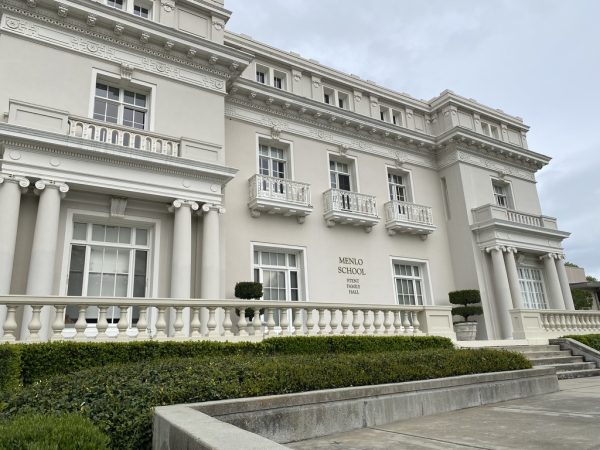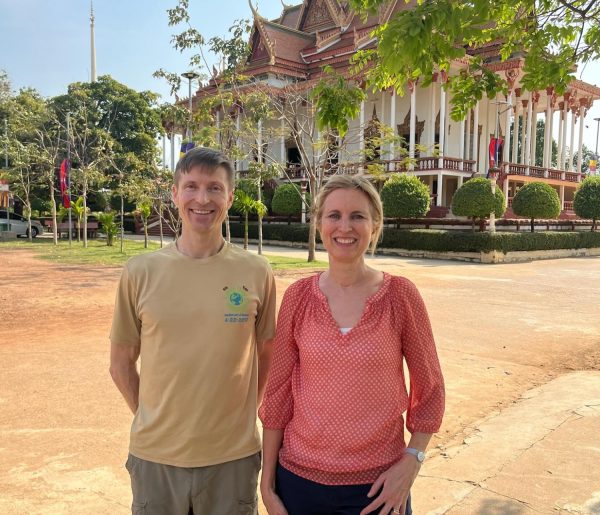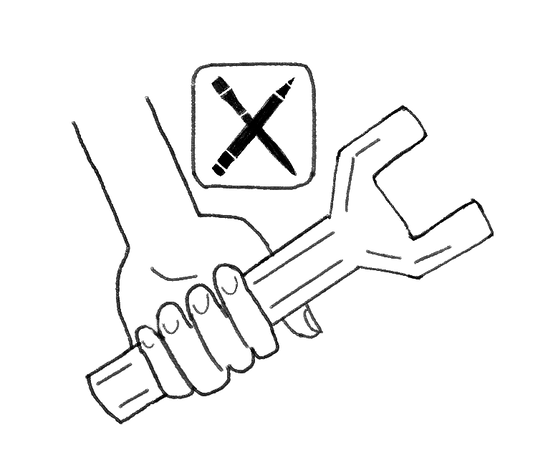How Hospitals in the Bay Area Are Dealing With Treatment and Testing of COVID-19
Steve Fischer at Stanford Medicine News Center
Linda Barman, testing a patient at Stanford’s drive-through clinic to see if they have COVID-19. Photo courtesy of Steve Fischer at Stanford Medicine News Center.
April 21, 2020
COVID-19 has seemingly brought the world to a halt. Schools are shut down, counties are sheltering in place, and as of April 10, 459,165 people in the US have contracted the virus. In certain parts of the world, hospitals are overrun with people who have fallen ill with the coronavirus. This reality of overloaded hospitals, overworked healthcare providers, shortages of critical medical supplies, and weeks of self-isolation begs the question; what is being done to combat COVID-19?
Researches all over the world are working very hard to find a way to prevent the virus, but as of right now all hospitals can do is be accessible to patients and attempt to help them with the medical issues caused by COVID-19. A common issue coronavirus patients encounter is shortness of breath. These patients are assisted with their breathing by intubation. Intubation is when a tube is inserted into a patient’s mouth and airway to assist them with breathing. This can help patients recover from the respiratory issues caused by COVID-19.
As far as long term solutions go, there is currently a vaccine in Phase 1 of testing in Seattle according to FiveThirtyEight. This is the fastest a vaccine has ever been brought to testing in the US. FiveThirtyEight interviewed Dr. John Mascola, the Director of the Vaccine Research Center of the National Institute of Health, and learned that the vaccine will use mRNA tactics to fight off COVID-19.
This means that when given the vaccine, it will begin producing the coronavirus protein, helping that person’s body familiarize itself with the virus, and learn how to fight it off. MRNA vaccines are very new, and currently “there are no licensed DNA or RNA vaccines […] there is some element of ‘we have to prove that it will work in this case’” Mascola said.
Although this vaccine has been a success thus far with the speed that it has been brought to testing, there is no telling if the vaccine will succeed in the trials. According to Nature, there are 78 viable vaccine candidates, which means that even if the trials in Seattle don’t go as planned, there are many backup options available.
Since COVID-19 is incredibly contagious, precautions need to be taken to stop the spread of the virus. At Stanford Hospital, Associate Director of Stanford Express Care Clinics, Physician Linda Barman said that protocol requires people who want to be tested to call in to the Express Care Clinic for a “video visit” where they have to receive a doctor’s permission to come in. Generally tests can be scheduled the same day that the call was made. The testing clinic is currently outside and protocol calls for those needing the test to remain in their cars, making the testing clinic “drive through.”
According to the Stanford Medicine website, the testing results come in after 15-24 hours, and the Stanford team notifies the person who got tested whether they tested positive or negative.
The majority of patients who test positive with COVID-19 recover from their homes, and never have to go to the emergency room. According to Barman, only an estimated 15% of people with the coronavirus end up in the emergency room and the hospitals in the Bay Area are currently not on the brink of overcrowding. Hospitals such as the University of San Francisco Hospital and Stanford are strictly following the CDC’s guidelines to keep all patients and employees safe from COVID-19.




